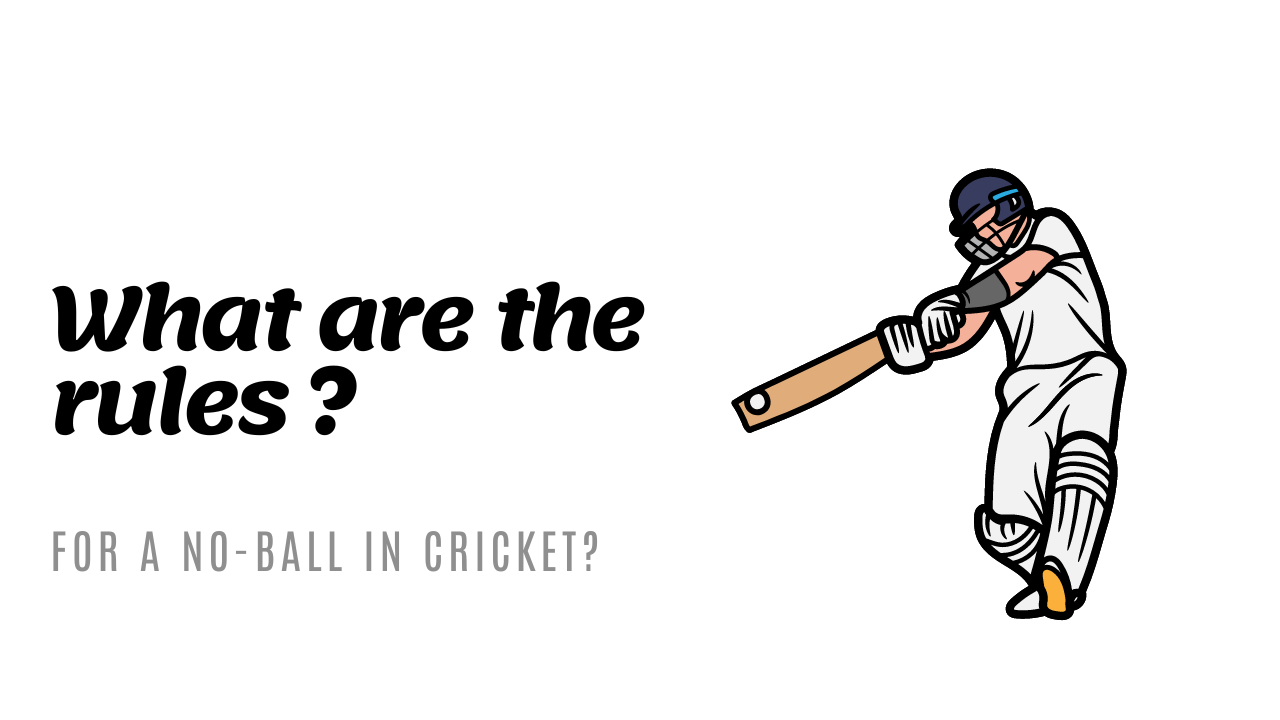Ever wondered what exactly counts as a no-ball in cricket? Whether you’re new to the sport or just brushing up on the rules, understanding what a no-ball is can really enhance your enjoyment and knowledge of the game.
Let’s dive into the nitty-gritty of what makes a delivery a no-ball, why it matters, and how it affects the flow of the cricket match.
 Photo by Anil Sharma
Photo by Anil Sharma
Understanding No-Ball in Cricket
Definition of a No-Ball
A no-ball in cricket is essentially an illegal delivery by the bowler, which leads to an immediate penalty against the bowling team. The reasons for a ball being considered a no-ball can vary, but they typically include infractions related to the bowler’s delivery stride or the manner in which the ball is bowled.
Causes of a No-Ball
You might see an umpire calling a no-ball for several reasons:
- The bowler’s front foot lands over the crease.
- The ball is thrown instead of being bowled (yes, there’s a difference!).
- High full tosses that reach the batsman without bouncing and are above waist height.
- Deliveries that bounce more than twice or roll along the ground before reaching the batsman.
Types of No-Balls in Cricket
Front Foot No-Ball
This happens when the bowler’s front foot crosses the popping crease before the ball is released. This is probably the most common type of no-ball you’ll witness in a match. It’s crucial because it gives batsmen a free hit on the next delivery, making the stakes quite high!
Back Foot No-Ball
Not as common, the back foot no-ball occurs when the bowler’s back foot is not within the return crease as the ball is delivered. This rule ensures the bowler does not have an unfair advantage by being too wide on the bowling crease.
Other Common Types of No-Balls
There are a few other scenarios that can lead to a no-ball:
- Bowling from the wrong place.
- Changing the bowling arm mid-match without notifying the umpire.
- Having more than the allowed fielders on the leg side, which is a strategy rule.
Consequences of Bowling a No-Ball
Awarding Extra Runs
Each time a no-ball is bowled, the batting team is awarded an extra run. This might not sound like much, but in a closely contested game, every run counts!
Impact on the Bowler
Aside from the psychological effect of bowling a no-ball, the bowler also faces tactical disadvantages like giving a free hit next, where the batsman has a free chance to score without the risk of getting out in most ways.
Umpire’s Role in Identifying No-Balls
Technology in No-Ball Detection
In modern cricket, technology plays a huge role. Systems like Hawk-Eye and the Real-Time Snickometer are crucial for assisting umpires in making accurate no-ball decisions, especially in high-stakes matches.
Umpire’s Call and Review System
The umpire’s primary job is to monitor the bowler’s feet at the time of delivery. In cases of uncertainty, teams can use reviews to challenge the umpire’s decision, which is then scrutinized through available technologies.
Educational Initiatives in No-Ball Awareness
Encouraging Fair Play
Cricket academies stress the importance of understanding no-ball rules to uphold the spirit of fair play and integrity in sports. Knowing these rules helps young players adapt better strategies and maintain discipline in their play.
Training and Development
Proper coaching on the mechanics of bowling can significantly reduce the instances of no-balls being bowled. Regular drills and video analysis of practice sessions are tools frequently used by coaches to help bowlers correct their deliveries.
In conclusion, mastering the rules surrounding no-balls is crucial for any cricketer, coach, or enthusiast. It not only helps in adhering to the sport’s standards but enhances the overall competitive spirit of cricket. Whether you’re playing, coaching, or just cheering from the stands, a deep understanding of these rules ensures that the game is played fair and square. Happy cricketing!

